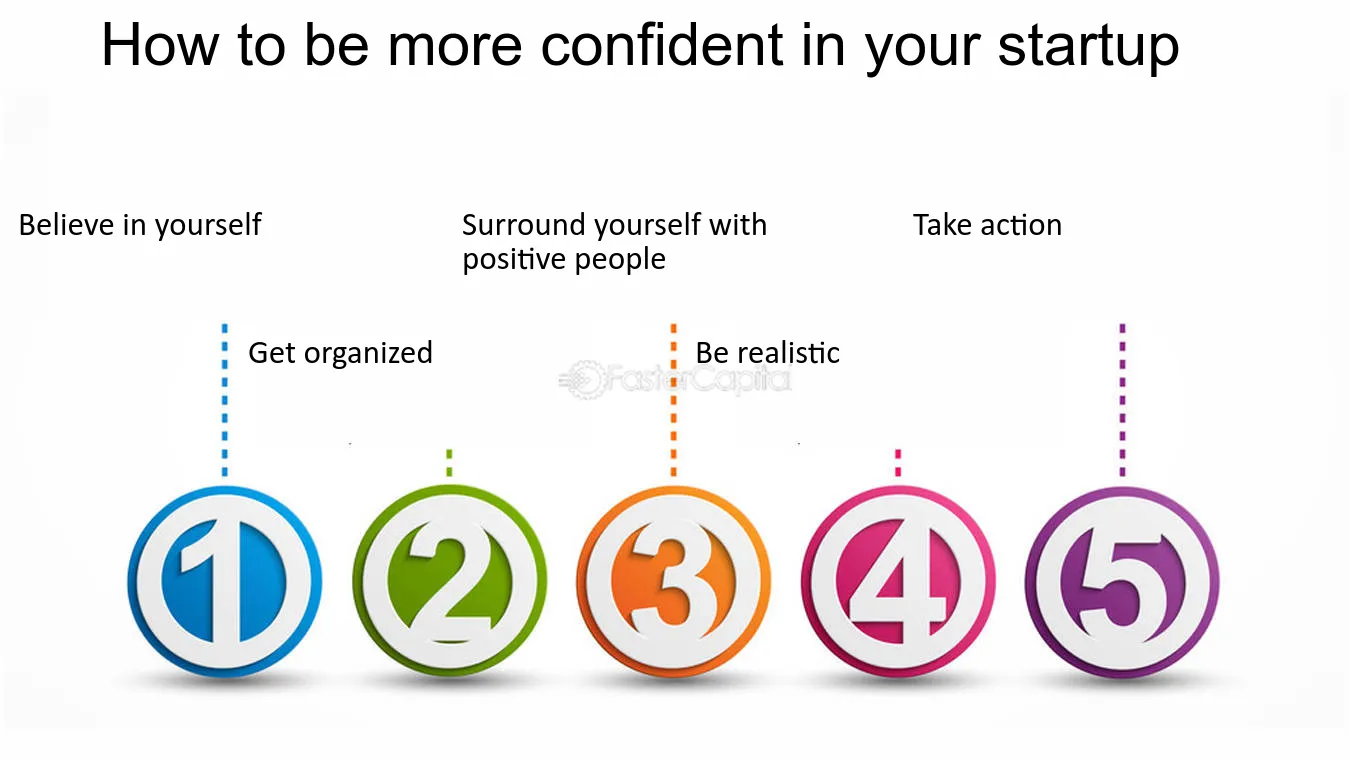Five PR rules to help your startup get noticed – StartupSmart

Former journalist Jessica Evans started her own PR service six months ago after seeing several businesses with interesting stories fail to capture the attention of the media because of their approach.
Evans tells StartupSmart she now works to empower startups and help them effectively promote themselves and the value they offer.
“Your business is your life and is something that you’ve worked tirelessly to build,” she says.
Evans says this in itself is a unique story but learning the skills to convey this to the media is critical.
“I would see a lot of media releases coming from businesses trying to promote themselves but a lot of content wasn’t getting published,” she says.
“If people don’t know about your startup and the value you add, chances are they are not going to buy from you.”
With the media playing an important role in generating customers for startups, Evans says it is critical to approach it strategically.
She says crafting a story that is unique to your startup, leverages current news trends and provides value to a publication’s readership will determine whether you get a phone call or sent to trash.
“Everyday is a good day to approach the media because the news cycle never stops,” she says.
But she stresses the importance of developing a meticulously planned public relations strategy before making this step.
As a start, Evans outlines five PR rules all startups should live by.
1. Find your angle and make sure it’s newsworthy
“Before you even send out a media release, be very clear on your news angle,” says Evans.
Evans says your story needs to provide value to the publication and its readership.
She has found one of the most common mistakes startups and small businesses make is sending in content that has no news value or relevance to the publication or its readership.
2. Produce a well-crafted media release
“A pitch should be about three sentences to spark the attention of a journalist,” Evans says.
Media releases should also be no longer than one page she says.
“In the first three sentences it should capture who you are, what you do, where you do it and how,” Evans says.
3. Write your media release for the target market
“Journalists have a very small time to assess whether your story will be of interest to their readership,” Evans says.
Highlighting why your story is unique and would be of great interest to a publication’s readership will increase your chances of getting published.
She advises startups to gain an understanding of the publications they are approaching by reading their content and figuring out what interests the specific readership.
“Define what’s unique about your story and make it timely,” she says.
Generic advertising copy delivered in bulk, whether through email or cold call, will have journalists binning your story, she says.
4. Approach journalists directly, plan your approach and follow up
Evans encourages startups to approach journalists directly.
“A lot of businesses don’t realise they can approach journalists to share their story,” she says.
“When pitching to journalists, know how to pitch and follow up.”
Evans recommends a succinct and engaging pitch, which summarises in about three lines why your startup story is newsworthy and relevant for the publication, so journalists see the value in your story and want to write about it.
5. Don’t limit yourself to major news networks and publications
Evans says another mistake startups make when they want news coverage is they only reach out to the media top dogs.
“Start with smaller publications like online blog sites or your community newspaper,” she says.
“They are more hungry for your story.”
Getting your story heard through these outlets is a better way to start getting coverage than trying for bigger networks where getting out a story is highly competitive, she says.
And a final tip from Evans: now is a great time to get your story out.
“Around this time of year, a lot of businesses aren’t back yet so it is the perfect time to approach the media as the opportunity to get published is higher,” she says.
Evans runs a series of workshops and individual classes with entrepreneurs, businesses and startups to help them develop personalised media strategies aimed at keeping ventures known and talked about for the entirety of their lifespans.
Follow StartupSmart on Facebook, Twitter, and LinkedIn.

